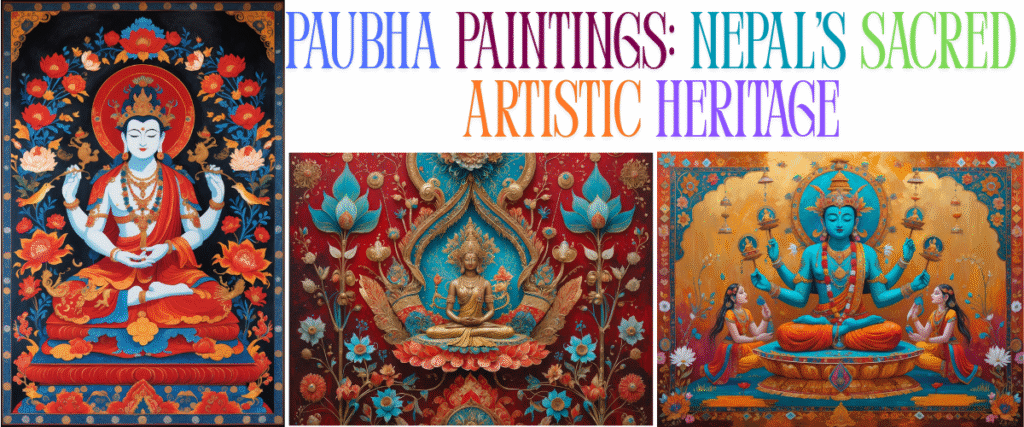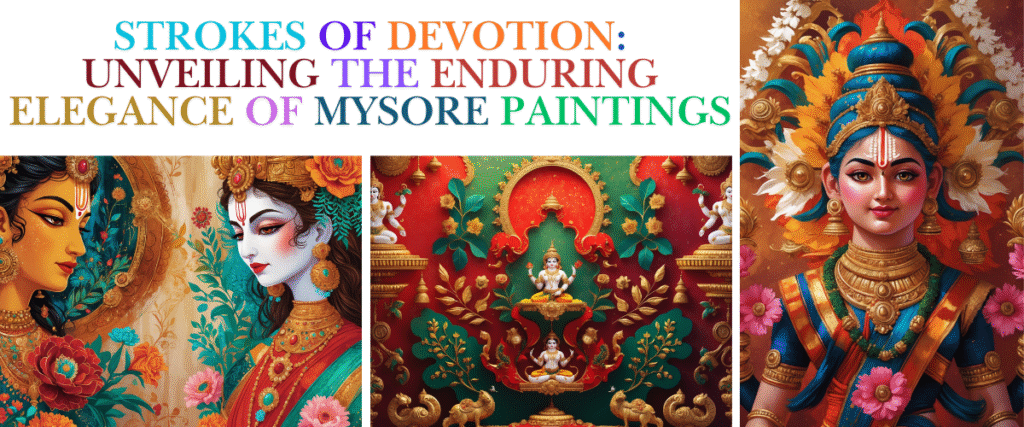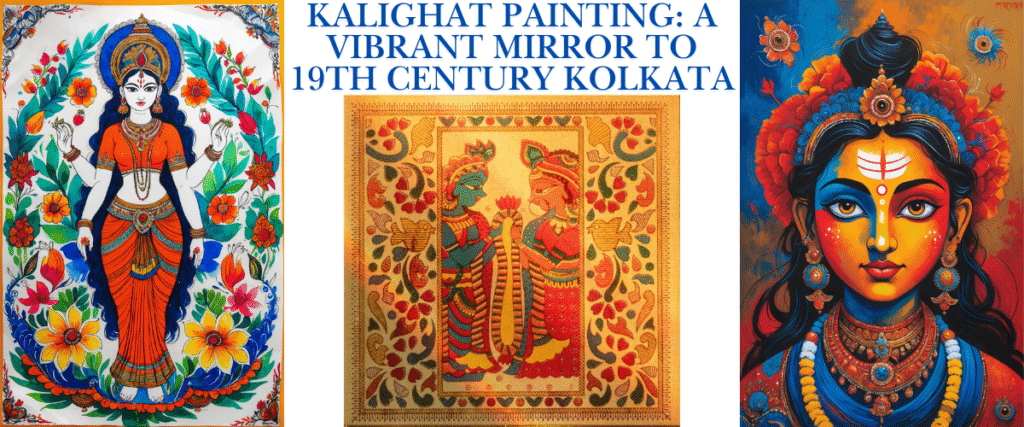Paubha Paintings: Nepal’s Sacred Artistic Heritage
Paubha: A Sacred Canvas of the Kathmandu Valley
A. Defining Paubha: More Than Just a Painting
Paubhā (Devanagari: पौभा) is a traditional form of religious painting created by the Newar people of Nepal, indigenous to the historic Kathmandu Valley. These intricate artworks typically depict deities, mandalas, or sacred monuments and are primarily intended to aid practitioners in their meditation and spiritual observances. The very name “Paubhā” is believed to be a derivative of the Sanskrit term ‘Patrabhattaraka,’ where ‘Patra’ signifies sheets or paper, and ‘Bhattaraka’ represents gods and goddesses. Together, this translates to “divine in flat form,” underscoring the profound belief that these paintings are not mere representations but are imbued with the sacred presence of the depicted divinities. This etymology offers a direct window into the core function and esteemed status of Paubha: it is conceived as a tangible manifestation of the divine on a two-dimensional plane, transforming the artwork into a holy object in its own right.
Paubha Paintings: Nepal’s Sacred Artistic Heritage Read More »






